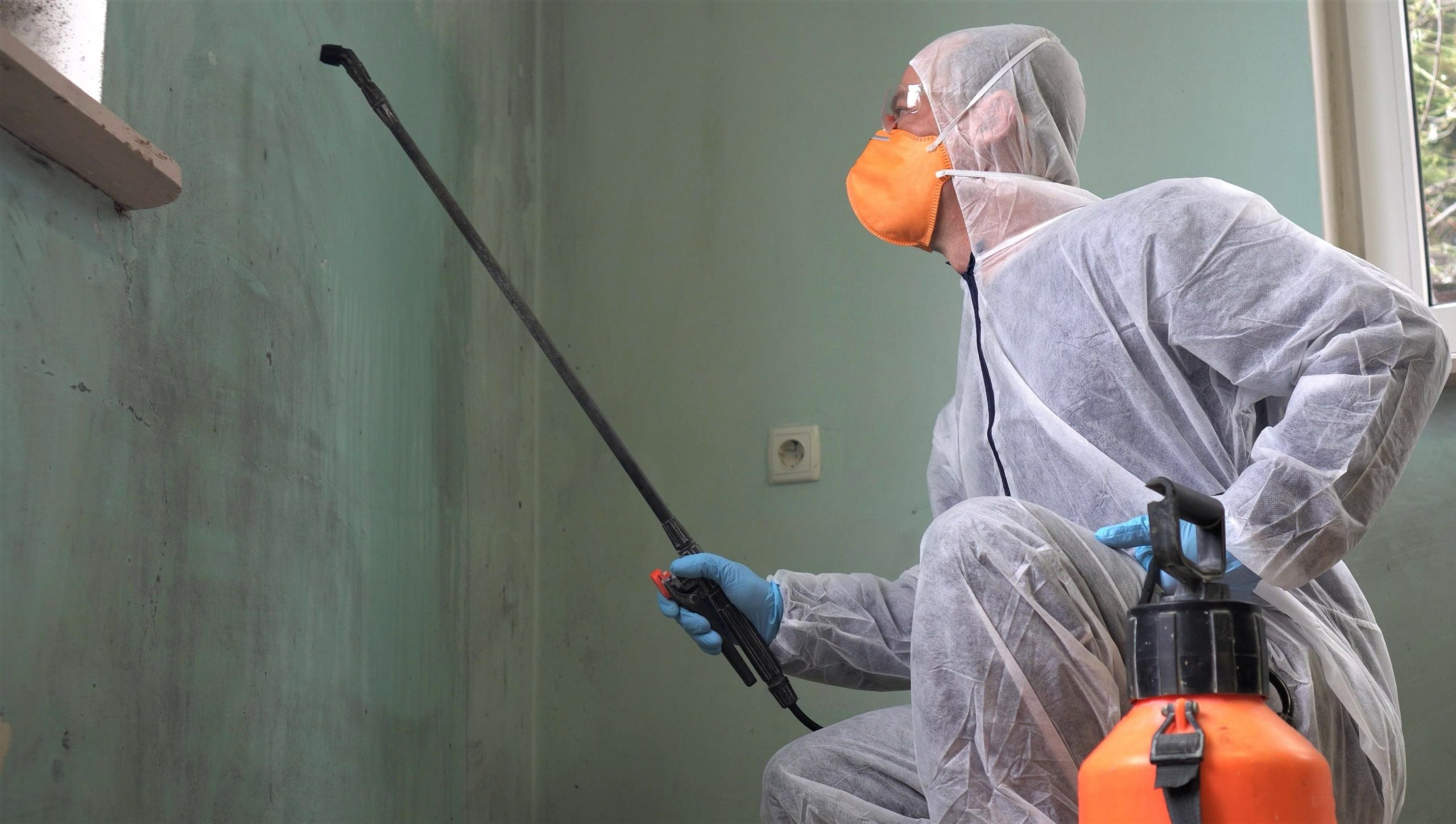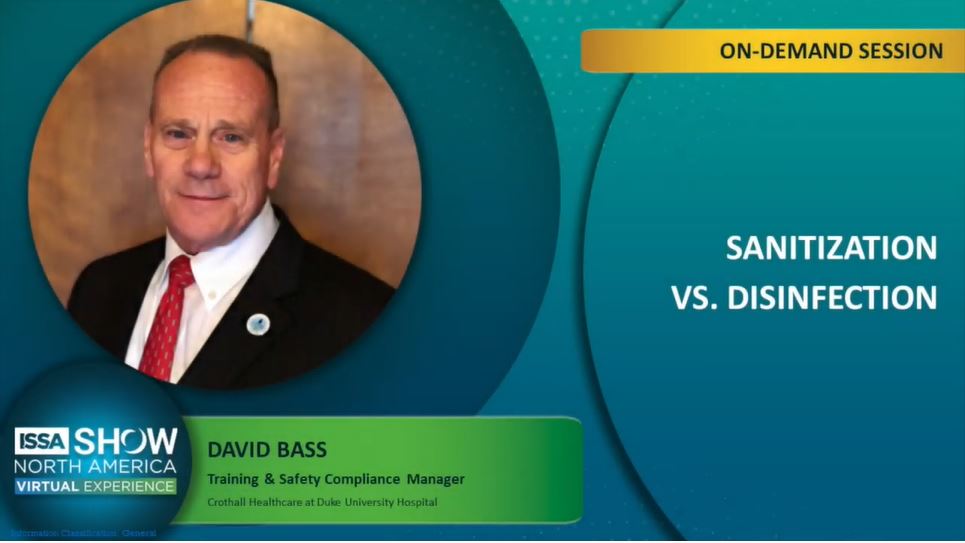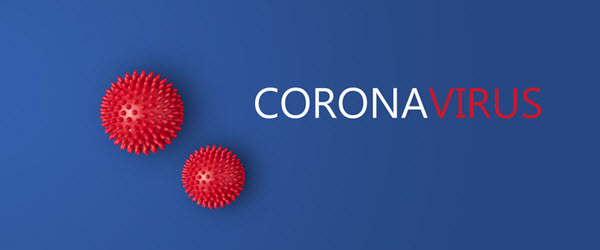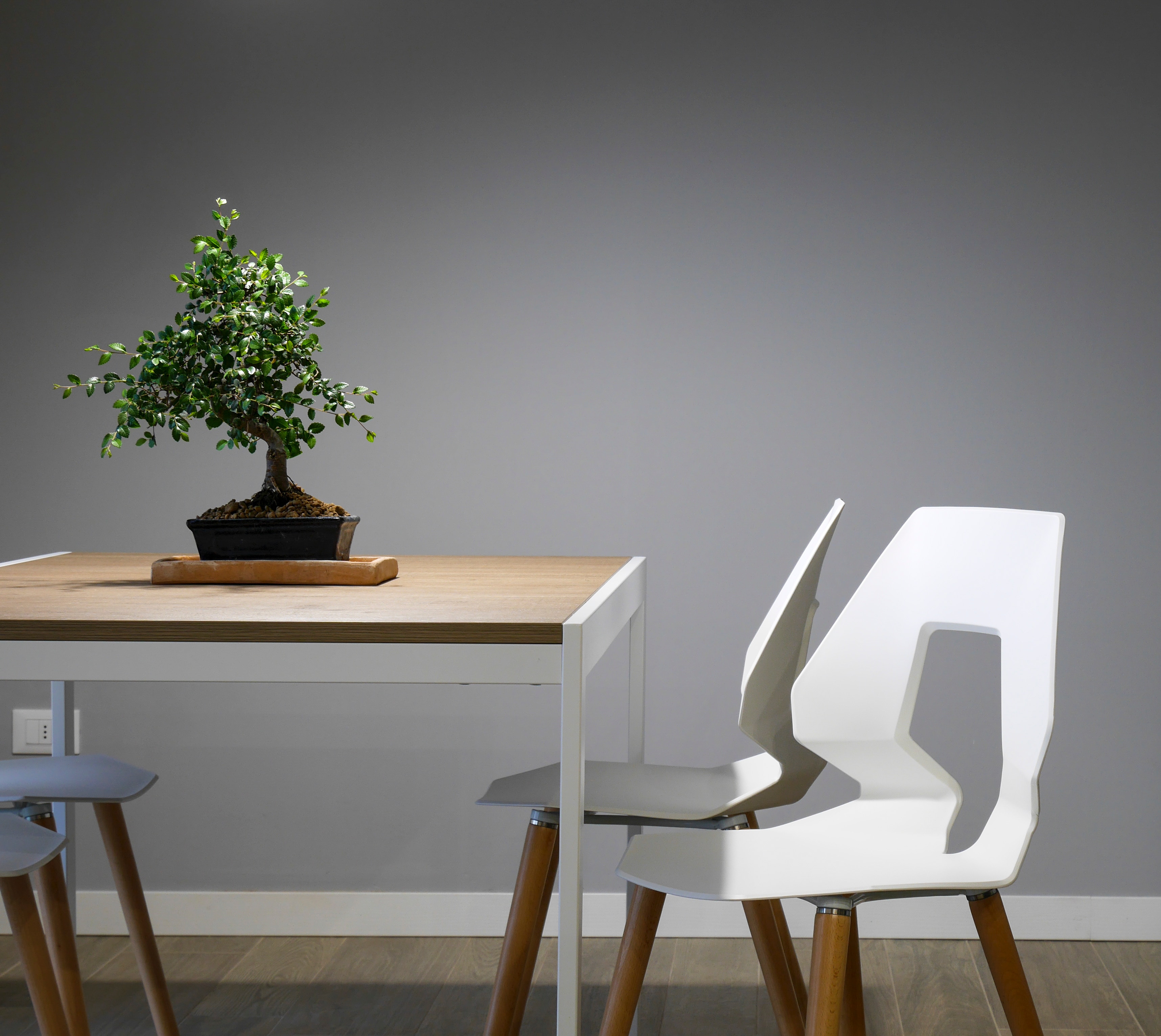We love to talk about the ways to reduce unnecessary additives in our lives and procedures…that’s why we developed the first Chemical Free Cleaning procedure for residential cleaning. But the first thing we do when presented with any new product is to test the claims made by the manufacturer.
Product testing doesn’t have to be a complicated process or take much time, but it does need to be a planned and defined process with specific things to measure and reliable ways to measure them. So how does Modern Cleaning (and Castle Keepers by extension) go about testing new products and revisions of existing products?
Step 1 – Product and Scientific Research
 Knowing what you are looking for is both an objective and a subjective decision. The objective, scientific processes of biology, chemistry, and physics determine what cleaning solutions are most effective and/or most harmful in a variety of combinations. So our objective evaluation criteria include:
Knowing what you are looking for is both an objective and a subjective decision. The objective, scientific processes of biology, chemistry, and physics determine what cleaning solutions are most effective and/or most harmful in a variety of combinations. So our objective evaluation criteria include:
· Explanation and Theoretical Validity of the chemical/physical process involved
· Comparison of chemical/physical process with laboratory reported results in MSDS
· Comparison of process and MSDS with our own tests using pH meter, airborne particle counter, ATP meter, etc.
· Comparison of all of these data against current industry standards as established by ICM, CIMS-GB, Clean Standard K-12 Schools, HCT Certification, and USGBC LEEDS-EBOM
When we find dramatic discrepancies between, for example, the stated pH in the MSDS and multiple pH tests of the product, we consider carefully if to proceed with actual field testing, knowing that the product can’t meet our standards.
Step 2 – Field Testing of Stated Manufacturer’s Claims
If the product passes these tests—and mind you, all we’ve done so far is some research—we move into the actual field testing to find out how “it works.” This is where the evaluation criteria enter a slightly less objective area because there is no scientific definition or measurement of “dirty” or “clean” and the on-site measurement available to cleaning companies is the ATP meter, which measures the presence of an enzyme in all living things. So what are we looking for at this stage of product testing?
1. Cleaning Efficacy – since our main job is to “clean” or to remove visible soils and  contaminants, our first consideration is how effectively the new product accomplishes this. In large part, cleaning efficacy is determined “in comparison” with some other cleaning product which has achieved a positive cleaning outcome.
contaminants, our first consideration is how effectively the new product accomplishes this. In large part, cleaning efficacy is determined “in comparison” with some other cleaning product which has achieved a positive cleaning outcome.
· Bio-load Removal – since some areas of the home deserve regular bio-load reduction, many products make claims regarding sanitization and disinfection (we will not attempt to evaluate sterilization since it is not an objective of residential cleaning). To date, our best tool available to the home cleaning company and technician is the handheld ATP meter by Hygiena; before and after testing provides comparative data for evaluating which cleaning solution achieves a higher level of contaminant removal, which can sometimes be attributed to the wiper rather than the applied wet solution.
sanitization and disinfection (we will not attempt to evaluate sterilization since it is not an objective of residential cleaning). To date, our best tool available to the home cleaning company and technician is the handheld ATP meter by Hygiena; before and after testing provides comparative data for evaluating which cleaning solution achieves a higher level of contaminant removal, which can sometimes be attributed to the wiper rather than the applied wet solution.
Without this second level of product testing, all claims that one product “works” better than another are based purely on subjective visual evaluation, which varies highly based on an individual’s personal standard of visual cleanliness.
 In a recent product evaluation study, we paired up four different spray-based wet cleaning products with three different wipers…for a total of 10 comparative combinations. We did this to ensure that we could tell the difference between the wet cleaning solution working versus the wiper working.
In a recent product evaluation study, we paired up four different spray-based wet cleaning products with three different wipers…for a total of 10 comparative combinations. We did this to ensure that we could tell the difference between the wet cleaning solution working versus the wiper working.
Step 3 – Product Adoption Considerations
Now come the post-field test levels of evaluation. We certainly recommend these levels, but the measurements are highly subjective as each cleaning company establishes different internal standards.
· Smell – does the product smell of anything? If so, the volatile organic compounds (VOCs) that produce odor need to be investigated. The stronger the odor, the more dangerous the concentration of VOCs to the respiratory system.
·  Look/Brand Development – especially in the case of equipment, does the product have some special visual feature that helps illuminate its uniqueness. Coloring a wet cleaning solution has become controversial because the additive does not enhance cleaning or sanitizing and may prove with research to be harmful. Using lighting and audible sounds in equipment usually don’t enhance the cleaning but neither are they harmful; these more novel features can enhance the marketability of a tool and make it easier to explain/demonstrate to clients how equipment is more effective than a chemical solution.
Look/Brand Development – especially in the case of equipment, does the product have some special visual feature that helps illuminate its uniqueness. Coloring a wet cleaning solution has become controversial because the additive does not enhance cleaning or sanitizing and may prove with research to be harmful. Using lighting and audible sounds in equipment usually don’t enhance the cleaning but neither are they harmful; these more novel features can enhance the marketability of a tool and make it easier to explain/demonstrate to clients how equipment is more effective than a chemical solution.
· Ergonomics – is the individual cleaning solution or tool easily lifted and carried from car to home to car to next home? Is the piece easily handled one-handed (sprayer bottle or wiping tool) or alone (vacuum or dry steam vapor system)? Does the collection of cleaning supplies and tools fit in the car for transport or all in the caddy in a neat and organized manner?
· Learning Curve – does the new cleaning solution or tool simply replace an existing one with the same manufacturer’s instructions? Is retraining (or refreshing) or new training necessary to 1) teach proper use or 2) correct misuses of the product or tool? (Modern Cleaning recommends dedicated training for all new cleaning product and tool introductions to ensure proper use and to maximize consistent performance among all cleaning technicians.)
· Price and ROI – does the difference in price increase or decrease your variable costs? Would a one-time investment in longer-lasting equipment improve your overall revenue and profitability? How does your choice affect your Return on Investment expectations and measurements?
As we continue our current study to evaluate de-ionized water, electrolyzed water, and aqueous ozone, we will continue to share both our methods and our results.





